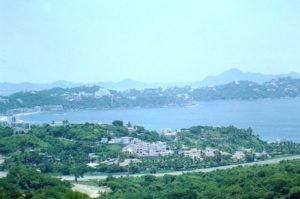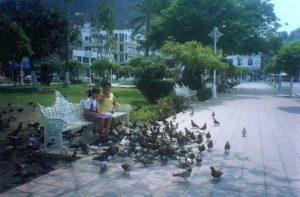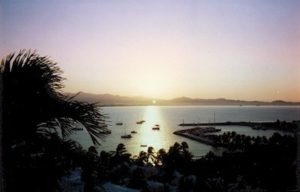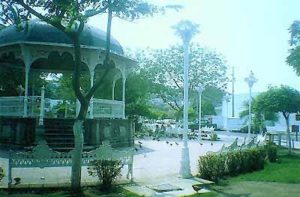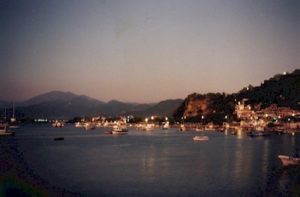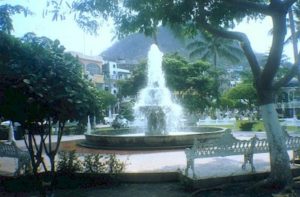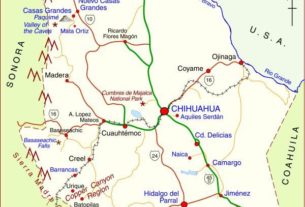Manzanillo has had many names over the last 500 years. The Nahuatl Indians, one of the oldest surviving tribes, whose language is still being spoken and taught today, called it Cozcatlan in the 1400s. Cozcatlan means “Place of Pearls.” Another tribe called it Tlacotla, while Caxitlan became its name in the early 1500s.
In 1527, navigator Alvaro de Saavedra named it Puerto de Santiago de la Buena Esperanza, which means “Santiago’s Bay of Good Hope.” It became Puerto de Salagua in 1615, and finally emerged as Puerto de las Manzanillas in 1752.
During that time, there were abundant manzanillo trees used extensively for shipbuilding. These manzanillo trees have poisonous yellow-red fruit resembling a small apple, but their wood is very water resistant and strong, yet flexible. The fruit is called a manzanilla, not to be confused with a manzana (apple), or manzanita (little apple).
It is also not to be confused with the manzanilla bush, whose leaves are used to make herbal tea, also known as camomile. Although this information has been touted as the gospel in many tourist guides as the origin of Manzanillo’s name, the story is untrue.
By 1767 the port was down to its last manzanillo tree, which was left as a living monument at the harbor’s entrance. At that time the town received another version of its name, singular this time: Puerto de La Manzanilla, due to the fact that there was only one surviving manzanillo tree.
By 1821, the town became Puerto del Manzanillo, after the tree this time, not the fruit. Legend has it that for many years, people (and even burros) would come to rest in the shade of the manzanillo tree to gain a brief respite from the hot afternoon sun. And those little apples looked so good to the people, and small children (even burros), that many sampled them. Many people became sick and some died (burros, too). By 1825, the governor of the state of Colima decreed that the last remaining manzanillo tree be cut down to protect his subjects. Finally, in 1873, the powers that be made Manzanillo a city, and shortened the name.
Today, if you want to see a Manzanillo tree, you’ll have to go to Pto. Vallarta or Acapulco, and even then, they’re hard to find.
Note: This information was provided by local historian Victor Hugo Gonzalez Rosas.

